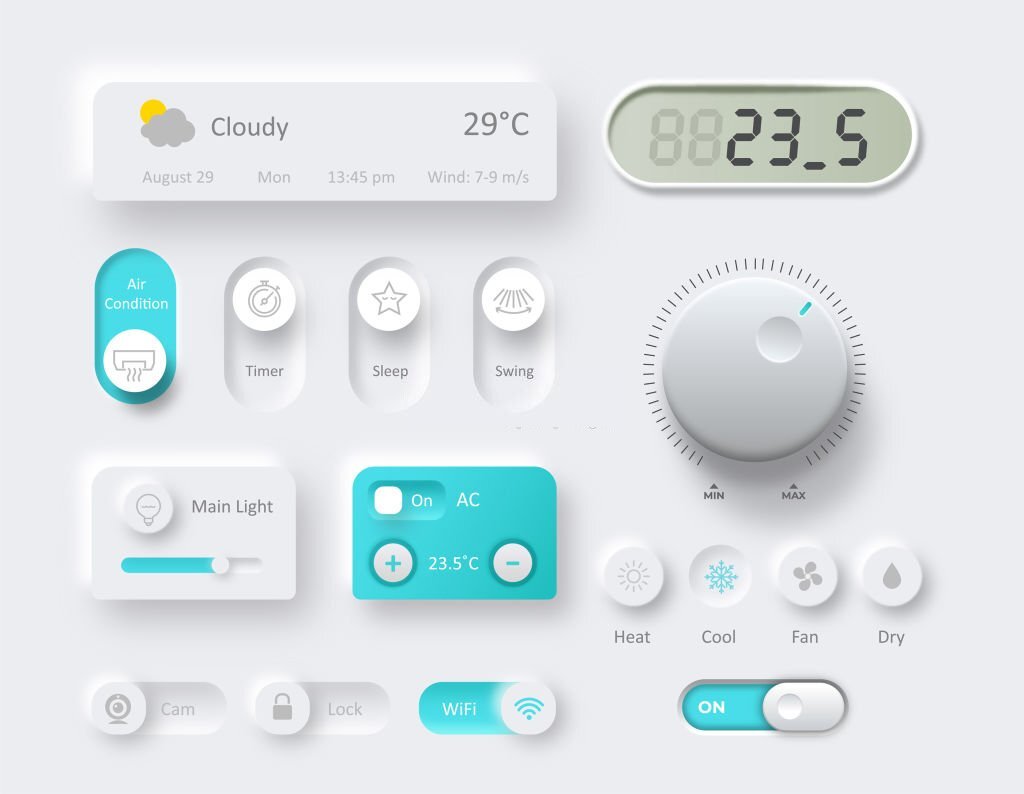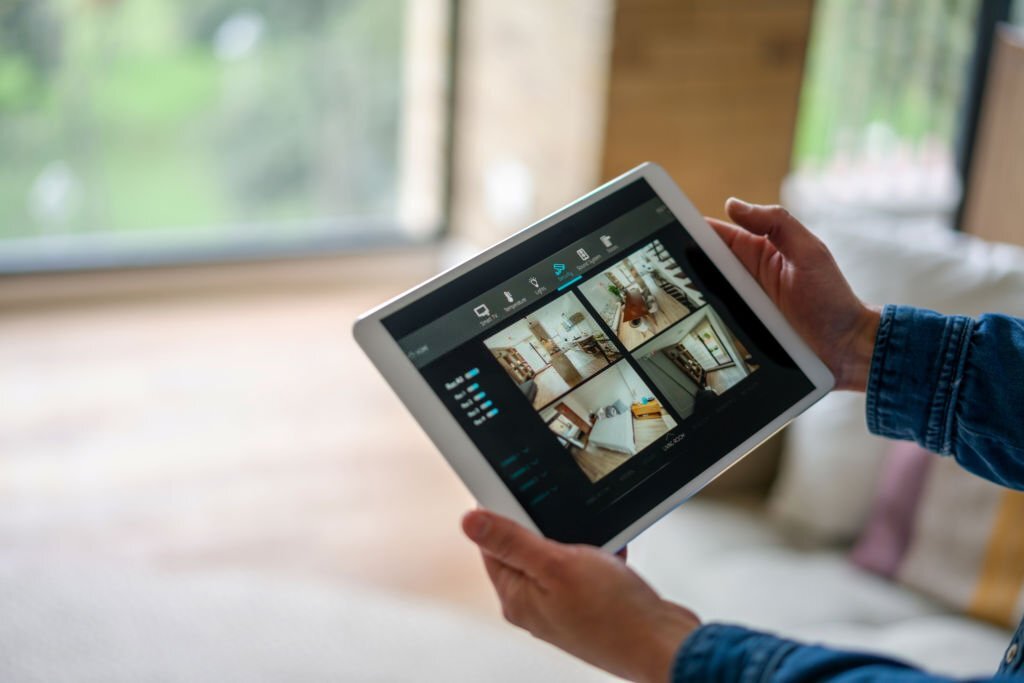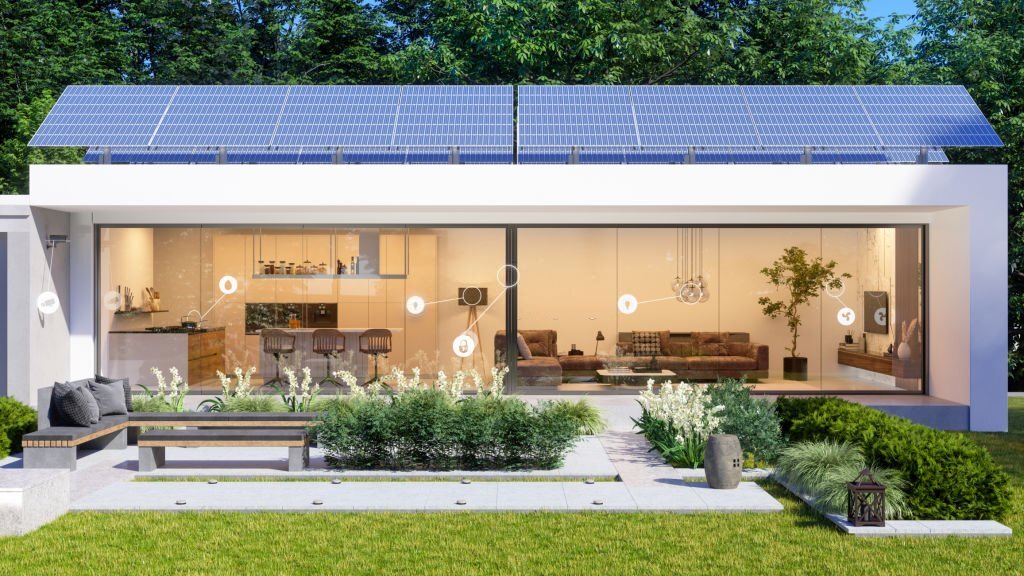At a compound annual growth rate of 8.2% between 2022 and 2027, the worldwide market for home security systems is projected to expand from $57.9 billion in 2022 to $84.4 billion. Let’s look into the benefits of home security systems and the rise of IoT and wireless technologies that fuel the industry’s expansion.
The Market For Home Security Systems In Residential Properties Is Expected To Be The Highest by 2027
Homeowners who live alone often worry about their safety. Canada, the USA, and Germany are among the economically developed nations with the highest rates of single-family detached houses. Homeowners in the induvial class often have comfortable disposable incomes. Such detached dwellings are usually erected in remote areas. Resultingly, it may be inquiring about getting timely assistance in the event of a medical emergency or a crime like a burglary or theft. As a result of these motivating reasons, the number of homeowners installing security systems in their dwellings is increasing rapidly.
By 2027, The Market Will Be Dominated By Professionally Installed And Managed Security Systems
There is a sizable demand for skillfully designed and maintained security systems. The increased worry about constant security and real-time monitoring, as well as rising disposable income, are the key contributors to this growth. These systems are professionally built and managed, so homeowners don’t have to lift a finger. The customer receives a full suite of specialized consulting and engineering services, a significant perk of this security system. Installation technicians do a thorough job setting up the designs. Experts manage this kind of security system outside the company, so the consumers don’t have to worry about its safety or smooth functioning.
The Asia-Pacific Region Will Have The Fastest-Growing Home Security Market Throughout The Predicted Time Frame
The economies and technologies of the Asia-Pacific area are still maturing. The increased urbanization and expanding building industries in China, Japan, and South Korea are driving the expansion of the home security systems marketplace in East Asia. The market for security systems is predicted to rise due to regional economic development and technical progress. The demand for home fire prevention systems is expected to increase in the following years on the back of the booming construction and real estate industries.
What Are Key Factors For The Raised Demand For Home Automation Systems?
1. IoT And Wireless Technology
Internet of Things security technologies keeps consumers secure by constantly updating them on potential threats. Intelligent sensing may detect motion, temperature, and sound changes and then send an alarm to the user. Because of the abundance of high-quality data made possible by IoT, gadgets may be made more intelligent. For instance, 24/7 accessibility to event specifics is guaranteed by deploying high-definition cameras, infrared vision, and night vision security systems.
The information is only captured and sent when there is absolute motion, thanks to the motion activation feature. DVRs allow you to go through hours of footage and find the exact moment in time when anything happened. Therefore, the proliferation of home security systems that provide a variety of protection measures is predicted to be aided by the development of Internet of Things (IoT) devices and efficient wireless communication.
2. Applications Of AI And ML In Smart Home Automation Systems
Artificial intelligence (AI) has enabled home security systems to include automated health evaluation and medical alert features. Along with the rising popularity of home security systems for surveillance cameras, danger detection, and access control applications, there has been a noticeable uptick in interest in monitoring the inhabitants’ mental and physical health, particularly in the home-based monitoring of the elderly.
Information on the occupant’s routine and health is gathered and processed by the AI-based cognitive analysis. It checks people’s medical records, looks at their physiological habits, and analyzes their behavior to ensure they’re safe. A medical alert system for the house includes a base station and several wireless remote devices. These devices may be worn as necklaces or bracelets or clipped to the user’s clothing.
The remote devices analyze personal behavior to identify the emergency and trigger an alert to the central station. When an emergency occurs, the base station notifies the proper authorities. A health monitoring system is a great resource when children are home alone and need particular care due to a severe medical condition. In addition to providing mental satisfaction, a medical alert system’s deployment as part of an overarching home security strategy has additional benefits. If there is a gas leak, break-in, or another emergency, it may send a signal to the central monitoring station.
3- Video Surveillance Systems
As far as the home security systems industry is concerned, video surveillance systems are predicted to account for the lion’s share of systems in 2022. The ability to detect and analyze suspicious behavior within a defined area is a crucial feature of any video surveillance system. Hardware components, including cameras, screens, servers, and storage devices, are essential to any video surveillance setup. Currently, accessible hardware devices are both reasonably priced and technologically sophisticated. Some of the newest and most alluring developments in the video surveillance business include high-definition (HD) cameras, panoramic scanners, and surveillance cameras.
Demand For Security Systems Increases The Need for Smart Homes
In 2022, the home security systems market is expected to be driven by the need for integration services. Hardware goods such as smart locks, controllers, and readers; emergency security systems; and monitoring devices like TVs or PDAs are all part of a fully integrated security system.
Depending on the specifics of the setup, system integration may also include making it possible for all of these gadgets to establish connections and exchange data. The security system uses wireless networking technology, including near-field communication (NFC), Bluetooth Smart, ZigBee, and Wiegand 32-bit. Services for integrating security systems may also include combining new technologies with preexisting ones like access control and intrusion alarm management.
What Are The Concerns Of Smart Home Automation Companies, Or What May Damage The Market?
1- High Induction, Supervision, And Functioning Costs
The price of the necessary hardware, software, and installation services significantly impacts the home security system’s adoption rate. A professionally fitted system will have a higher initial cost due to the higher hardware price and the cost of expert advice. Furthermore, the overall cost of ownership is considerable due to the need for regular maintenance, membership payments, and replacement expense in the event of damage. Third-party monitoring services often charge a monthly membership cost of $150 to $1,500. On top of that, the system’s price rises when sophisticated analytics functions are included in the program.
2- Design Complexity
Increases in the variety of security sensors and monitors integrated into a single system have increased the sophistication requirements for protecting one’s house. The primary challenge in designing security systems is the compatibility and integration of several devices on a single platform.
Security systems employ several detectors, controllers, and other wireless devices to protect a house, producing copious amounts of data. In real-time, data traffic is delivered by monitoring and controlling processes using the collected information. Wireless sensor networks have limitations in their capacity for smooth connection and data processing due to the protocols, hardware, and computational resources that make up the network. To triumph over these obstacles, processing vast quantities of data and effectively disseminating the processed data to all the system parts is crucial.
The design of low-power devices for remote monitoring and mobile use is another factor to consider. The primary obstacle in successful energy harvesting is the inability to effectively design systems with low-energy components (electronics) and efficient batteries. Because of the many ways intelligent home automation companies may build these platforms, there is a high potential for system complexity.






